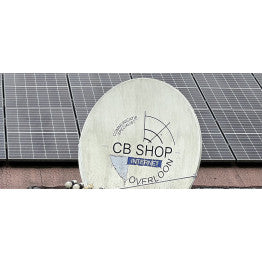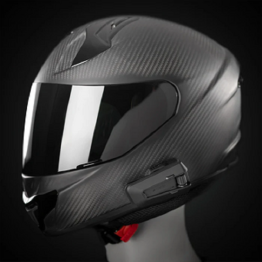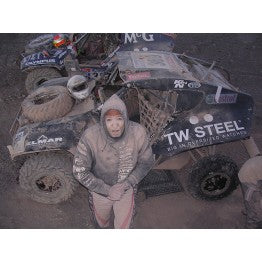onnepanelen and the influence on the 27 Mc transmitters
The cause of the faults is usually the inverter or converter, which switches the DC circuit of the solar panels. The chance of faults depends on various factors, such as the type of inverter, the installation of the cables and the distance to the antenna(s). To prevent faults, it is important to keep the cables from the panels to the inverter as short as possible. This prevents power loss, loops and unwanted antenna effects. In Germany, inverters are therefore preferably placed directly next to the panels. Another problem is that many inverters have no or insufficient filtering on the DC side. They do refer to the EN 61000 standards, but they do not yet have binding emission limits for the frequency range of 0.15 MHz - 30 MHz.
Thanks in part to the efforts of the IARU and VERON, limits are now being set and a measurement method for switched power supplies is prescribed. However, this does not yet take into account faults caused by “Optimizers”. These are DC-DC inverters that are used per 1 to 3 panels to optimize the maximum power. Solar panel installers are often not aware of these problems. If you ask about it, they usually say: "I've never heard of that"! Some inverter manufacturers are honest and advise against installing solar panels near an amateur station. See for example the website of SolarEdge.
Fortunately, there are also installations that do not cause any problems! The EMC committee is currently collecting information about cases where interference does occur and asks amateurs to report this if they are bothered by it.
Do you think you are bothered by solar panels while transmitting? That should stop when the sun is no longer shining.
The source of this article is the VERON website.




Leave a comment
This site is protected by hCaptcha and the hCaptcha Privacy Policy and Terms of Service apply.